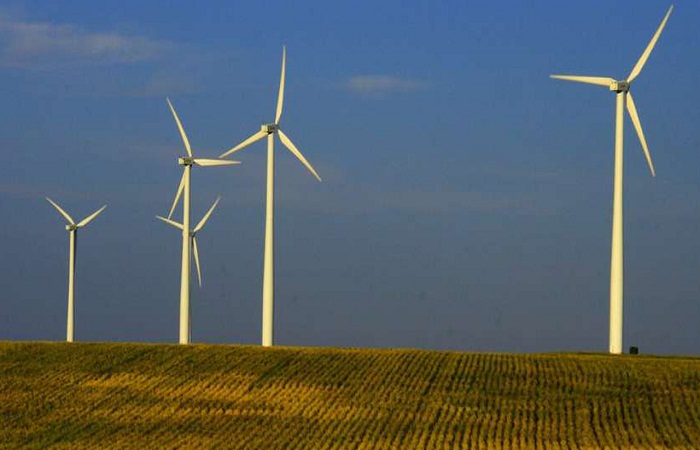As Nigeria struggles to tap into renewable energy, especially wind, developments in South Africa and other Africa countries have turned 2018 to a record-breaking year for wind turbine manufacturers.
The developments, which formed the highlight of the ‘Africa Wind Power Market Outlook 2019,’ released yesterday by global think-thank, Wood Mackenzie, revealed that changes in policy in South Africa could make wind energy contribute as much as 10 gigawatts (GW) of additional wind power capacity by 2030.
This comes as Nigeria’s total electricity generation averages a mere 4000 megawatts (MW), as the sector is projected to run into bankruptcy under combined challenges, including financial crisis, and regulatory passivity.
While cumulative wind power capacity in Africa stood at 5.5GW as at the end of 2018, Nigeria did not account for a single wind power project despite many projects across the continent.“The 310MW Lake Turkana project, the largest single installation on the African continent, was connected to the grid in Kenya after a year-long grid construction delay. Nareva Holding built the 205MW Aftissat wind project, utilising SGRE turbines. Lastly, the New and Renewable Energy Authority (NREA) of Egypt commissioned the final segment of its Gulf of El-Zayt extension, adding 120MW of capacity in 2018,” the report noted.
In South Africa, approval of a long-pending power purchase agreement (PPAs) in April 2018, which helped independent power producers (IPPs) to announce final investment decisions (FID), according Wood Mackenzie Power & Renewables could enable the country add more than 1GW of capacity in 2020 and 2021.
“Africa’s most industrialised economy, South Africa, boasts its largest wind power market, with 2.1GW of operational capacity as of Q1 2019. Issues with governance that took place in 2016 and 2017 were bad news for the local wind market, as no new additions were recorded in 2018.”
However, installations are expected to recommence in 2019 with 130MW of new capacity additions on tap, though potential project delays jeopardise that capacity and limit any upside potential for additional capacity. Growth prospects improve thereafter, with more than 1GW of capacity expected in 2020 and 2021 combined. This outlook is supported by ongoing construction activity, peaking in 2020 as IPPs race to achieve commercial operations.
The report noted that inconsistent policy measures remained a historically plague to wind market growth in Africa, but added that the trend is beginning to change.“We are observing a growing momentum behind the development of long-term incentive mechanisms to support the regional wind market. Competitive procurement has proven to be the favoured tool of policy support, with South Africa and Morocco introducing auction programs in 2011 and 2015, respectively. Tunisia solicited bids for wind IPPs in 2017, while Kenya and Ethiopia are contemplating the launch of auctions for future installations.
These developments mirror global trends where competitive procurement regimes have resulted in lower tariffs in many countries. Notably, this trend may be less impactful in emerging markets, which are expected to grow by less than 800MW of capacity through 2028, as auction volumes may not be sufficient to draw the attention of global wind industry leaders,” stated Malik.
Source: Guardian










